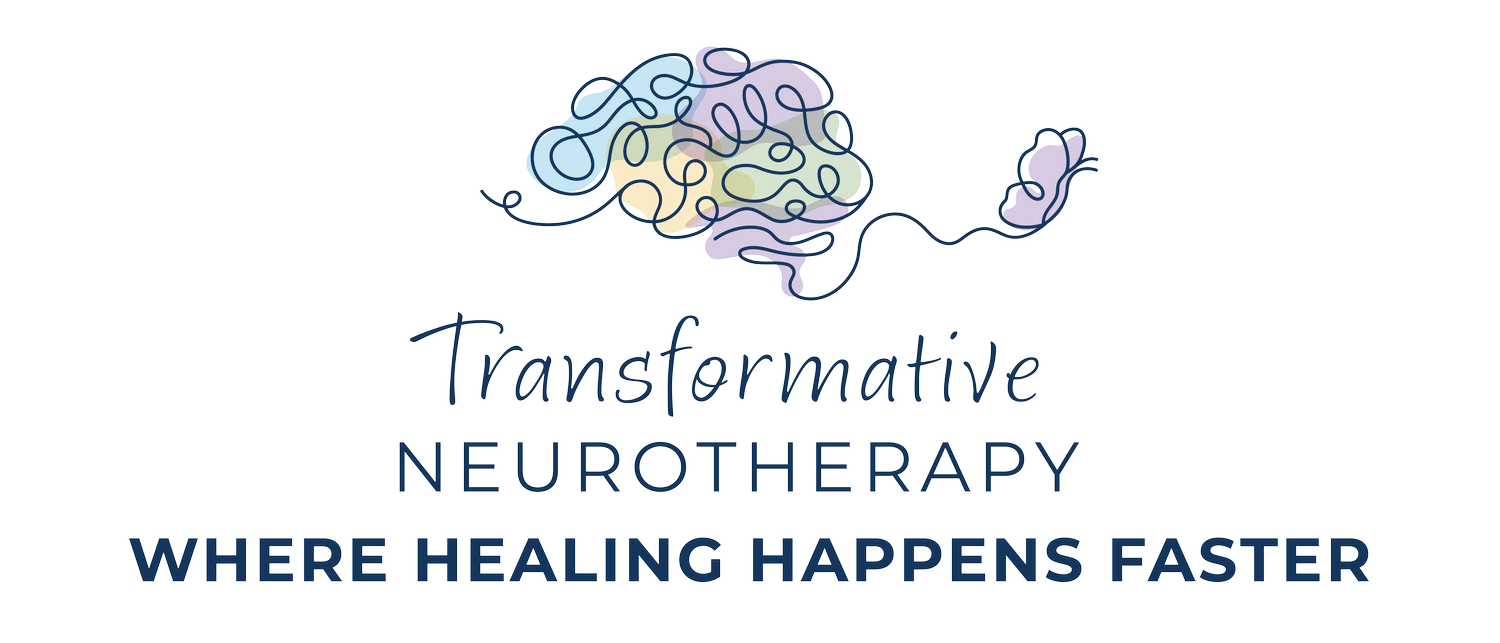BRAIN RESET, WITHOUT THE GUESSWORK (Podcast Episode 3)
by Heather Putney, PHD, LMFT, CSAT-S, QEEG-DL
EXECUTIVE DIRECTOR, FOUNDER
Untethered Therapy and Transformative Neurotherapy
Modern brain health is moving beyond generic advice and into the realm of precision care—and neurotherapy is one of the most powerful tools I use to help clients get there. As a practitioner, I’ve seen how neuromodulation brings clarity to what many people experience only as frustration: slipping focus, fragmented sleep, emotional reactivity. Instead of guessing, we measure. A structured assessment maps brain activity and shows where rhythms are too fast, too slow, or out of sync. That matters because different regions and frequencies influence attention, mood, and stress responses in distinct ways. A stimulant might energize the whole brain, and a sedative might slow it down, but most people need a more nuanced approach. Neurotherapy lets us apply a gentle nudge in one area and a brake in another—so clients feel relief without losing clarity or energy.
The process begins with a detailed intake and a 19-channel EEG. This cap reads electrical activity across the scalp, revealing patterns like high beta spindles linked to racing thoughts, sluggish frontal activity that weakens executive function, or asymmetries that correlate with mood swings. But the real value isn’t just in the data—it’s in the context. I interpret these patterns alongside each client’s life story, medical history, and goals. A parent dealing with late-night anxiety might need calming frequencies to help the brain access soothing rhythms it already knows but can’t reach consistently. An athlete who fades mid-afternoon might benefit from stimulation that supports sustained alertness without tipping into jittery overdrive. Neuromodulation helps the brain experience targeted states—more calm here, more lift there—and learn to find those states more easily over time, much like physical therapy retrains movement after injury.
People often ask me how neurotherapy compares to neurofeedback. Neurofeedback uses real-time feedback to help the brain adjust itself, which can be effective but often requires many sessions. Neuromodulation, on the other hand, guides the brain directly toward desired patterns using carefully selected frequencies. It usually produces quicker changes in how clients feel and function. I don’t see one method as universally better—they’re different tools for different needs. In my clinic, I lean toward neuromodulation for its speed and precision, though I respect neurofeedback and sometimes combine the two. What matters most is that the treatment is tailored. Protocols are built from assessment and refined through reassessment. As clients report better sleep, steadier focus, or reduced reactivity, we adjust the plan—less like a preset app, more like a customized training program.
Another strength of neurotherapy is how well it integrates with other care. Many of my clients are on medication and doing well; others prefer non-pharmacologic options. Neurotherapy supports both paths. For those in psychotherapy, it can be a force multiplier. When the nervous system is stuck in fight-or-flight, attention narrows and it’s hard to absorb new insights. By calming hyperarousal through vagus nerve stimulation and slower neuromodulation protocols, clients enter a state where therapy can actually land. Trauma becomes more workable when the body relearns safety signals. ADHD, anxiety, depression, and trauma often respond well because they involve measurable patterns of dysregulation. Clients describe moving from scattered to steady, from wired-and-tired to clear and calm, and those shifts show up both in EEG data and daily life.
Results vary, but many clients notice changes within a few sessions—falling asleep faster, thinking more clearly, feeling less overwhelmed. We track progress through both client feedback and periodic reassessment. That feedback loop prevents overtreatment and keeps the plan responsive. It also honors the reality that life changes the brain: stress, grief, intense training, and screen time all shape neural rhythms. Good care adapts to those cycles. The most empowering idea I share with clients is this: your brain is not fixed. It’s adaptive. With the right inputs, it learns faster ways to settle, focus, and recover. Neurotherapy offers structured practice with strong measurement, so gains aren’t left to chance. When that foundation is in place, medication can be fine-tuned, therapy can go deeper, and habits like sleep hygiene and breathwork become easier to maintain. Healing doesn’t just happen—it becomes the brain’s new habit.
